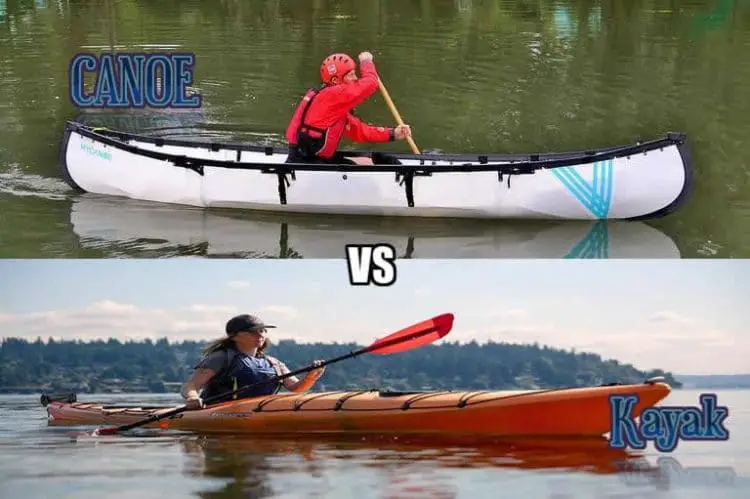

It was designed and constructed by Shipley’s company, S2ODesign and Engineering. Athletes are getting better at paddling these short boats, and whitewater needs to adapt with them.”Īrtificial courses are popping up worldwide, including the one being used in London this summer, the Lee Valley White Water Centre, about 30 kilomaters north of the Olympic Park, part of THe Lee Valley Regional Park.

“It’s a very dynamic, very fast sport, and much more so now,” he said. Shorter boats means smaller channels (race courses), making the sport trickier, said Scott Shipley, a three-time Olympian, three-time world champion and top-ranked slalom paddler. The courses have shrunk too, and these days it will take a paddler about 90 seconds to complete the course. Kobe Was Hoop Dreaming Saying His Team Beats Dream TeamOther than material changes, the boats have recently gotten shorter by a half a meter for easier navigation. How Our Always-On Culture Made These the Most Watchable Games Ever Timing Is Everything For Olympic’s Chief Timer Like the sprinters, slalomers just strategically place weights in their boats to reach the minimum weight and maximize maneuverability.Įmbracing Tech to Build Better Olympic Athletesĭoping: The Cat and Mouse Game of the Games The rules have since been changed and boats must weigh a minimum of 9 kilograms, 10 kilograms and 15 kilograms for kayak singles, canoe singles and canoe doubles, respectively, to even the economic, and competitive, playing field. By the 1980s, American competitors in particular were using kevlar composite boats 6 or 7 pounds lighter than those others were using. As time passed, boatmakers adopted composites like Kevlar and carbon fiber, making ever-lighter boats.

That was replaced with fiberglass and nylon in the 1960s and 1970s, but they were heavy boats that could top 65 pounds. They were for many years canvas stretched over wood frames. While the sprint events are somewhat traditional in the boats and training, slalom has become high-tech in every regard, from the design of the boats and race courses to the training involved at the highest level of the sport. Racers race in single or double canoes, or one-person kayaks, through as many as 25 gates on a 300-meter whitewater course. It returned in 1992 when the IOC began to expand the Games. It didn’t last long, though, as the IOC eliminated it later that year.

Athletes and their coaches use ballast to achieve the minimum weight and maximize maneuverability.Īlthough competitive whitewater slalom got its start in the 1930s, it didn’t become an Olympic event until the 1972 Summer Games in Munich. That’s made them trickier to keep stable, though, making the sport more challenging. The vessels have grown increasingly narrow over the years to more easily slice the water. The rules state one-person up to 5.2 meters in length must weigh 12 kilograms a four-seater can be as long as 9 meters and weigh 30 kilos. That began changing in the 1980s with the adoption of lightweight and durable materials fiberglass and plastic. Once upon a time, the boats were mahogany.
#Canoe vs kayak full
Although there was a canoe competition at the first modern Olympiad in 1869, sprint canoe didn’t became a full medal event until the 1936 Summer Games in Berlin. They race in a one person, two person and four person canoes and kayaks or in a four person 200-meter each relay. In sprint canoe and kayak, boats race head-to-head in drag races over 200, 500 or 1,000 meters.


 0 kommentar(er)
0 kommentar(er)
